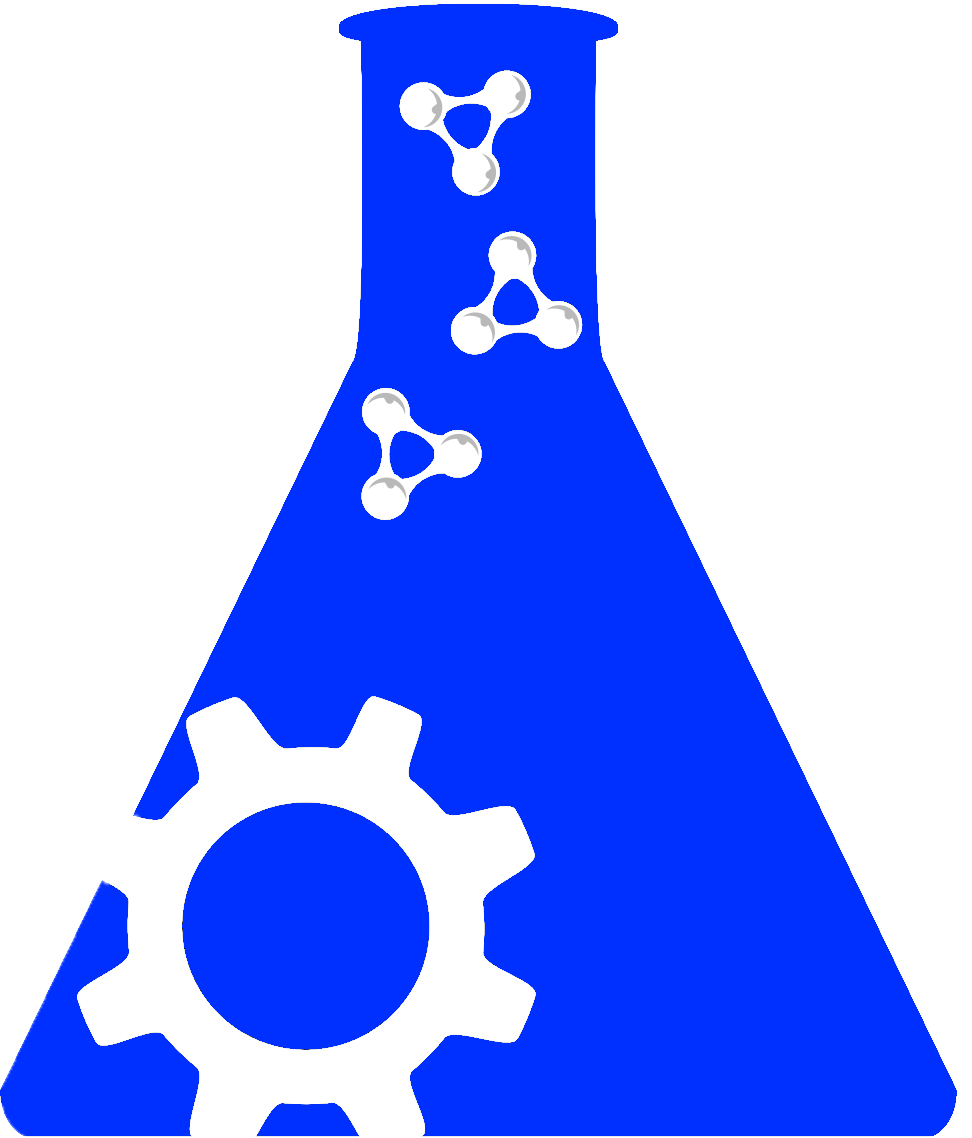Full Data Package |
Data Dictionary |
|||
|---|---|---|---|---|
Create new odc-sci Account and/or log in to download the file. |
||||
Assessment of spinal cord glutathione levels and regulatory pathways at 1- and 3-days post-injury after 60 kDyn T9 spinal-contusion using the Infinite Horizons impactor in male and female 4- and 14-month old mice and evaluating n-acetylcysteine amide as a therapy in female 4- and 14-month old mice to restore spinal cord levels of glutathione and to protect against oxidative stress and affect locomotor outcomes and thermal sensitivity by 28-days after spinal cord injury.DOI:10.34945/F5XS31DATASET CITATIONStewart A. N., Glaser E. P., Mott C. A., Bailey W. M., Sullivan P. G., Patel S. P., Gensel J. C. (2022) Assessment of spinal cord glutathione levels and regulatory pathways at 1- and 3-days post-injury after 60 kDyn T9 spinal-contusion using the Infinite Horizons impactor in male and female 4- and 14-month old mice and evaluating n-acetylcysteine amide as a therapy in female 4- and 14-month old mice to restore spinal cord levels of glutathione and to protect against oxidative stress and affect locomotor outcomes and thermal sensitivity by 28-days after spinal cord injury.. ODC-SCI:731 http://doi.org/10.34945/F5XS31ABSTRACTSTUDY PURPOSE: The purpose of this study was to evaluate the role of advanced age at the time of spinal cord injury (SCI) on antioxidant defense, with an emphasis on glutathione synthesis and metabolism. Further, this study aimed to determine if enhancing spinal levels of glutathione using the cysteine supplement, n-acetylcysteine amide (NACA), would confer age-dependent effects on functional and histological outcomes.DATA COLLECTED: Levels of spinal glutathione were deterred in sham and injured mice at 1- and 3-days post-injury (dpi). Further, the relative protein abundance of glutathione synthetase, peroxidase, reductase, and glutamyl-cysteine ligase were determined on western blot. Activity assays were used to determine the function of glutathione peroxidase and reductase at 1- and 3-dpi. Accumulation of oxidative stress using dot blots against 3-nitrotyrosine or 4-hydroxynonenol were obtained. Mice were treated with n-acetylcysteine amide and spinal cord levels of glutathione were determined both in naive 4-month-old mice and after SCI in 4- and 14-month-old mice and 1-dpi. Next, mice were treated with NACA for 3-dpi and were allowed to recover for 28-days. Locomotor functions were assessed on the BMS and horizontal ladder, and the Hargreaves test of thermal hypersensitivity was used to determine effects on SCI-induced pain. Lesion outcomes and neuron survival were assessed in tissue sections.CONCLUSIONS: Older spinal cords have less glutathione prior to SCI compared to younger counterparts, and do not exhibit a strong decline in glutathione after injury. In contrast, younger spinal cords exhibit an injury-induced depletion by 3-dpi. Younger, but not older, spinal cords respond by up-regulating antioxidant activity of glutathione peroxidase which is independent of protein abundance. Treating SCI with NACA did not affect outcomes in younger mice, but trended towards a toxic effect on all outcomes in older mice. We conclude that being older at time of SCI does decrease antioxidant capacity but treatment using NACA to restore glutathione levels exerts unanticipated toxic trends that may, or may not, be associated with NACAs effects on glutathione.KEYWORDSredox activity; aging; Sex Difference; Neuroprotection; Oxidative StressPROVENANCE / ORIGINATING PUBLICATIONS
RELEVANT LINKSNOTESAccepted for publication in the Journal of Neurotrauma. In Press
|
DATASET INFOContact: Stewart Andrew (Andrew.N.Stewart@uky.edu)Lab: Gensel Lab (Nero)
|
|




